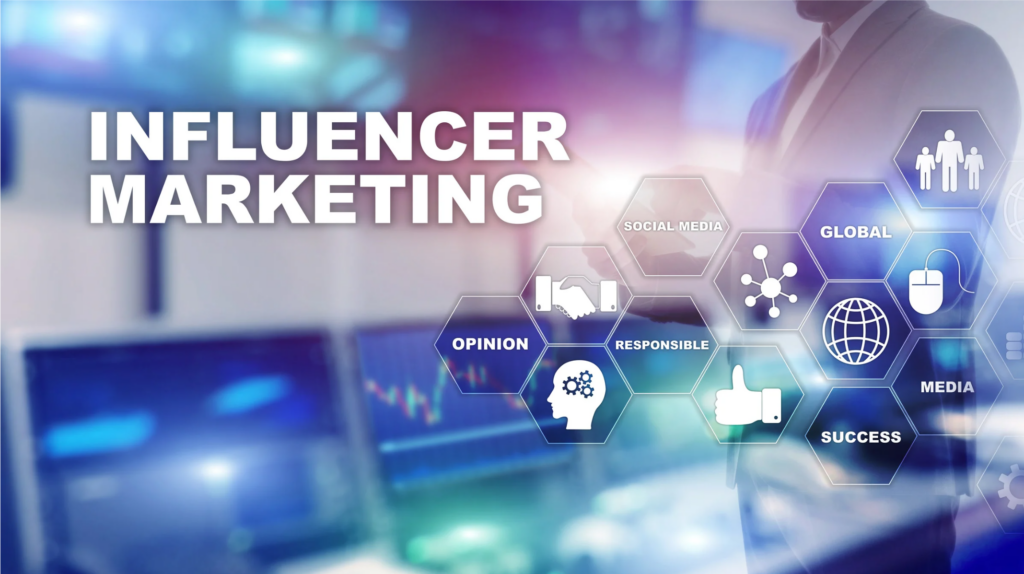Let’s be honest. For years, B2B influencer marketing was the awkward teenager at the marketing dinner table, full of potential but still figuring things out.
Well, here’s the good news: It’s maturing.
Slowly? Yes. But it’s happening.
And as we move into 2025, we’re not just talking about “growing the space.” We’re seeing real traction, strategy, and results.
I’ve been in this game since before the term “influencer” was even thrown around in B2B circles.
Back then, we referred to them as “bloggers,” and PR teams gave me side-eye when I suggested inviting them to corporate events. That was 2010.
Flash forward to now, and influencer marketing is no longer a “nice to have” for B2B.
It’s a strategic advantage.
Rewind: How It Started (Spoiler: It Wasn’t Glamorous)
My entry into this space came right after the 2008 financial crisis. Media outlets were failing.
Journalists were leaving. Traditional PR playbooks no longer worked. At HP, we had to adapt. Fast.
So I started working with tech bloggers because that’s what we had.
No fancy dashboards.
No influencer platforms.
Just a handful of people who knew their stuff and were willing to talk about it publicly.
When I shifted into B2B in 2010, the game changed … no more shipping laptops and hoping for an unboxing video.
Instead, we invited influencers onto company campuses, gave them deep access to product teams, and let them see the tech firsthand.
That’s when I realized: in B2B, relationships rule. Always have. Always will.
B2B vs. B2C: This Isn’t About Lipstick and Hashtags
Let’s be clear: Transactions are the cornerstone of B2C influencer marketing. It’s a volume game. “Here’s your talking points: Post the content on Tuesday, use this link to the landing page, and collect your check.” Rinse and repeat.
B2B? Not even close.
You’re not selling mascara.
You’re selling enterprise-grade software that touches security, compliance, and IT infrastructure.
You’re targeting CIOs, not trend-hungry teens.
You need credible voices.
Look for real experts and professionals who have real experience.
They should have technical knowledge and an audience that listens.
You don’t need 100 influencers. You need five or six who understand the space and can move the needle with their credibility.
Forget Vanity Metrics. Think Influence in the Real World.
Too many marketers still get starry-eyed over follower counts. “Ooooh, 50,000 followers on LinkedIn!”
Great, are any of them actual buyers? Or just bots and vanity connections?
Influence in B2B isn’t about popularity.
It’s about trust.
Is the influencer part of private CX communities?
Do they lead roundtables?
Are they speaking at industry events?
Publishing in trade journals?
That’s what matters.
Here’s a quick PSA: If you judge B2B influencers like B2C ones, you’re missing out and wasting money.
Content That Doesn’t Suck (And Actually Gets Read)
In B2B, the content game is a mosaic.
A single tweet doesn’t close deals.
You need podcasts, blog posts, LinkedIn Lives, virtual panels, YouTube interviews, and earned media.
They all knit together to build a strong presence.
Real buyers do research.
They talk in private Slack groups.
They lurk on Reddit.
They attend niche webinars.
They participate in private, invite-only groups.
You want your message to reach them, not just drift in the LinkedIn feed like yesterday’s idea.
And here’s the kicker: much of this is happening in “dark social”—places marketing software can’t track.
That’s where B2B influencers shine.
They’re trusted voices inside those gated spaces.
If you want access, build relationships with them.
Not just campaigns—relationships.
Gen AI: Use It Smart, Not Lazy
Let’s talk about the elephant in the marketing stack: Gen AI.
Yes, I use it. No, it doesn’t replace human insight.
AI can help you brainstorm, outline, maybe even punch out a rough draft.
But if your thought leadership sounds like a soulless bot wrote it, that’s exactly how your audience will treat it, like junk.
I’ve seen the lazy AI posts on LinkedIn.
You’ve seen them, too.
They’re bland, predictable, and lifeless.
They read like a book report written five minutes before class.
My advice? Use AI as a tool, not a crutch.
Inject your voice.
Add experience.
Make a damn point.
That’s what builds authority in this space.
Where B2B Influence Is Going in 2025 (And Why I’m Optimistic)
Here’s what I see on the horizon:
1. Influence is getting personal. Buyers are following people, not brands. Whether it’s a CISO sharing insights or a product lead riffing on lessons learned, personality matters. Companies are waking up to this and empowering their internal voices.
2. Strategy is getting smarter. No more one-off content dumps. Smart brands are investing in programmatic influencer content. These ongoing collaborations help build trust and momentum over time.
3. Media is fragmenting (again). Traditional media is shrinking. Meanwhile, individuals, consultants, analysts, and evangelists are building loyal audiences. These are your new media partners.
4. Relationships are the real ROI Influencer marketing isn’t just about impressions. It’s about who picks up the phone when you call. I’ve worked with some influencers for 10+ years. That kind of trust shortens cycles, saves budget, and boosts performance.
Final Word: Stop Renting Attention. Start Building Influence.
If you’re still treating B2B influencer marketing like a one-and-done activation, you’re leaving demand and leads on the table.
The smartest brands I work with?
They get it.
They’re playing the long game.
They’re building ecosystems of influence that generate leads, spark conversations, and attract talent.
That’s the future of B2B marketing.
Not more noise.
More signal.
Delivered by people who’ve earned the right to be heard.
And if you want help navigating this world, you know where to find me.

